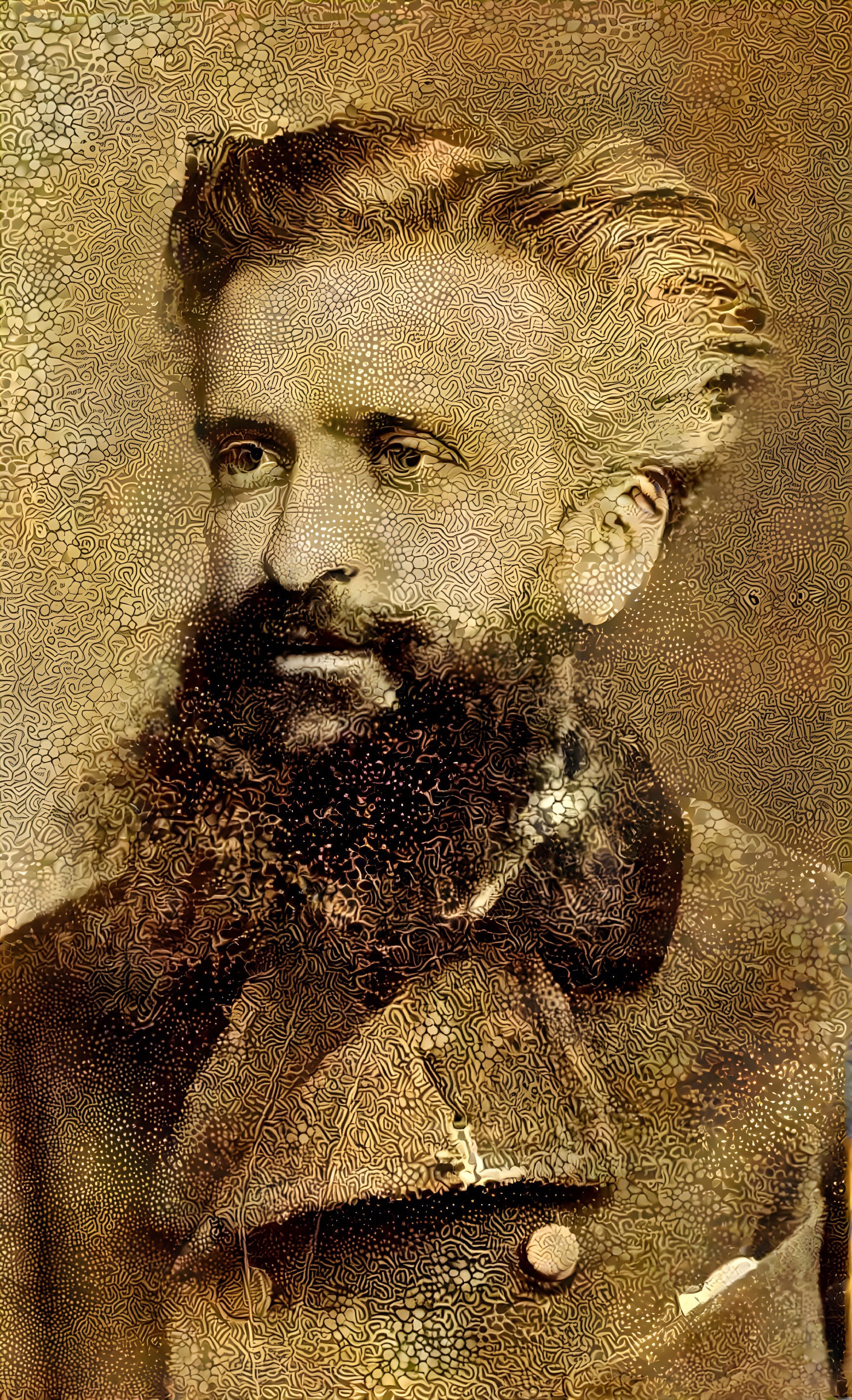Comments
Loading Dream Comments...
You must be logged in to write a comment - Log In

 Artist
Artist
Charles-Marie Gustave Le Bon was one of those strange and luminous minds whose ideas escaped their century. A physician, anthropologist, and early psychologist, he is remembered mostly for his 1895 work The Crowd: A Study of the Popular Mind—a slim, unnerving book that has never ceased to haunt the corridors of power. Le Bon argued that crowds do not think as individuals do; once gathered, people surrender their reason to a kind of primitive psychic current, an emotional contagion that transforms them into a single organism moved by suggestion and symbol.
Benito Mussolini kept The Crowd on his nightstand, marking passages on the hypnotic power of rhetoric and the “prestige of the leader.” Hitler read it too, absorbing its anatomy of mass psychology. Yet Le Bon was not advocating tyranny—he was warning about it, diagnosing how civilization could relapse into barbarism through the irrationality of crowds. Ironically, his warning became a manual for manipulation.
Albert Einstein, meanwhile, admired Le Bon for entirely different reasons. He called him one of the few men who had understood the psychological roots of scientific intuition. Einstein’s concept of relativity, he once admitted, owed something to Le Bon’s insistence that perception and measurement were not fixed truths but relative to the observer’s mental framework. Le Bon’s philosophical daring helped loosen the grip of 19th-century materialism; he opened the door through which Einstein stepped.
Less known is Le Bon’s fascination with subtle energies and the hidden life of matter. In an experiment that reads like a premonition of quantum mechanics, he placed pieces of metal in complete darkness for extended periods. When brought into the light, the metal emitted a faint radiation—a “luminous emanation,” he said—that gradually faded and could be restored only by returning the sample to darkness. He called this mysterious force black light, a precursor concept to radioactivity. Though later dismissed by conventional physicists, Le Bon’s intuition that matter stored invisible energy waiting to be released was prophetic.
Le Bon saw the crowd, the atom, and the mind as variations of one principle: the invisible forces that bind and unbind form. Whether in politics, physics, or psychology, he traced the same spectral pulse—a reminder that civilization, like metal in the dark, gathers unseen energy, and that what emerges when exposed to the light depends on what has been stored in shadow.